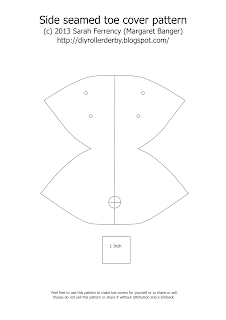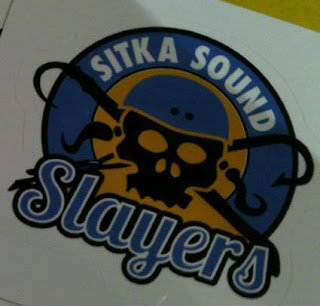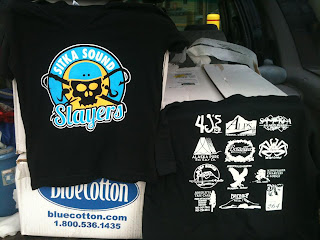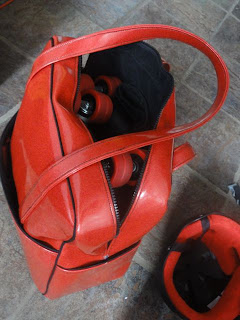I'm on a roll here this week with the blogging. I have a lot of ideas but not so much time to get them down! This one will be quick, though.
Starting with turning a regular pair of shorts into Lift & Separate, I've been on a bit of a derby shorts kick. I have made a couple of pairs of high-waisted Lift & Separate shorts from scratch (one of those ideas I have a post planned for, but not completed), and then I saw these 70's gym/roller-rink shorts that I wanted to try. This is a good tutorial for constructing the shorts, because it's slightly different from typical shorts construction- basically the seams are sewn in a different order so you can add the trim. However, it just starts with pattern pieces in hand, so I thought it might be useful to show how to get those shapes that fit together just right.
When I have a piece of clothing I love, I often will just trace the pieces and add a seam allowance in order to recreate it. So that would be one good place to start, if you have a pair of derbyskinz that fit you just right. In this case, however, I'm going to show you how to start with a pattern. I'm using a basic Kwik Sew Yoga Pants pattern (3443) that I picked up at my local Ben Franklin.
Start out by reading the pattern and determining your size. This pattern seems to run pretty big- I wear a medium in nearly everything but I ended up using the XS waistband on this pair of shorts. When I am making changes to a pattern, I always trace it, in case it doesn't work and I need to use the pattern again. In order to do this, I darken the line I want to trace with a soft lead pencil, then lay blank newsprint (I get roll ends from the local paper) over top and then just trace it. Every once in a while I lift up the newsprint to make sure I'm on the right line. You can see in the photo below that the first time I traced this pattern, I made a medium- but I had to give those away!
To turn pants into shorts, you just have to decide how long you want your inseam to be- that's the seam that runs from your lady parts to your inside ankle. Or for shorts, not so far. I measured down 1.5" from the corner that is the crotch seam. I figured that with a 1/4" seam allowance and a 3/4" trim, that would give me a 2" inseam. And truthfully, that might be a little long for derby shorts, they might bunch or roll a little in there when I wear them. When I do this again, I'll probably try 1".
Once your pattern is traced, you really need to label it really, really well. Because sometimes you might put a project down for a few days or weeks and then come back to it and HAVE NO IDEA which piece is which and how they go together. Ask me how I know. You should always write on it:
- originial pattern & number
- pattern piece (front, back, waistband, etc.)
- size
- cut instructions as listed on the original
- grain of fabric and stretch if indicated
- any pattern markings you need to line pieces up
You can see here I marked the corners, but not the shape of the leg opening, because I knew I wanted to curve it like in that first tutorial. So for this part, I just looked at the pieces in the tutorial and winged it.
I think if I were to do it again I might add a little less on the bottom and cut that corner off a little more.
I traced the front piece exactly from the pattern, although I later made it drop a little more in the front after I tried it on. I did this by just making the front center 1" lower than it originally was, going from that point to the side seam with a straight cut. I should really fix my pattern piece to reflect that change now! And then I traced the wide waistband, but reduced it to be 9" tall, leaving a 4.5" waistband. I didn't want too much extra fabric, it just makes me sweat. I then assembled the shorts according to the directions in that original tutorial. I didn't take any photos of this process, but I think the tutorial does a good job there.
And here they are! The photos aren't great, but you get the idea. I actually think I need to make the waistband even a little smaller around- I like my high waist shorts to act like Spanx! In these pictures, the waistband is almost fully folded down over the shorts.




























